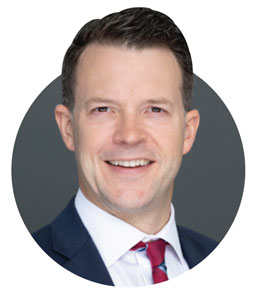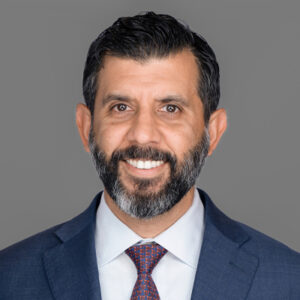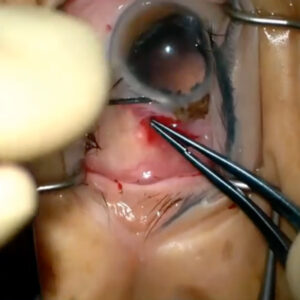Glaucoma
December 2020
by Nathan Radcliffe, MD
Glaucoma Editor

As I write this, we are in the ninth month of the COVID pandemic, and each day brings a record number of new cases in the third wave of the virus. As a glaucoma specialist in New York City, my practice has surely seen some ups and downs over the past year. We have had to adapt tremendously, and perhaps now is a good time to reflect on some of these changes.

To begin with, I think we have seen that the field of glaucoma does not easily translate to telemedicine. While there remains tremendous interest in home tonometry or other forms of continuous IOP measurement, that technology was not widely implemented for most of us during the pandemic.
Instead, better use of office visits has been the approach for most of us. The simplest measure, and one wisely implemented, has been to risk stratify patients and to keep low-risk glaucoma but high-risk COVID patients home whenever possible. We extend the follow-up visits, and we encourage patients who are low risk to cancel or reschedule visits if cases are on the rise in our area.
Therapies that can be delivered once and will work in a sustained manner have received more attention. For me, laser therapies, such as SLT, have been very valuable in terms of getting people to be safely treated and at home. I’m happy to say that I now perform all of my cataract and glaucoma surgeries with sustained anti-inflammatory delivery, which brings me some comfort in knowing that postoperative inflammation control cannot be disrupted by another event, such as the office closing due to the pandemic.
Other technology is being reassessed in connection with the pandemic. Most of us are uncomfortable with the traditional visual field testing, which essentially acts as a respiratory reservoir. New attention is being given to visual field tests that can be implemented simply with a pair of goggles, and more emphasis is being placed on structural markers of progression as we perform fewer traditional perimetry tests. These adaptations allow us to keep our patients in the office for a shorter period of time.
In summary, we have indeed found a new normal in glaucoma care in light of the pandemic. Fortunately for most of us, it looks as though we will be able to remain open and treating glaucoma over the next few months.



